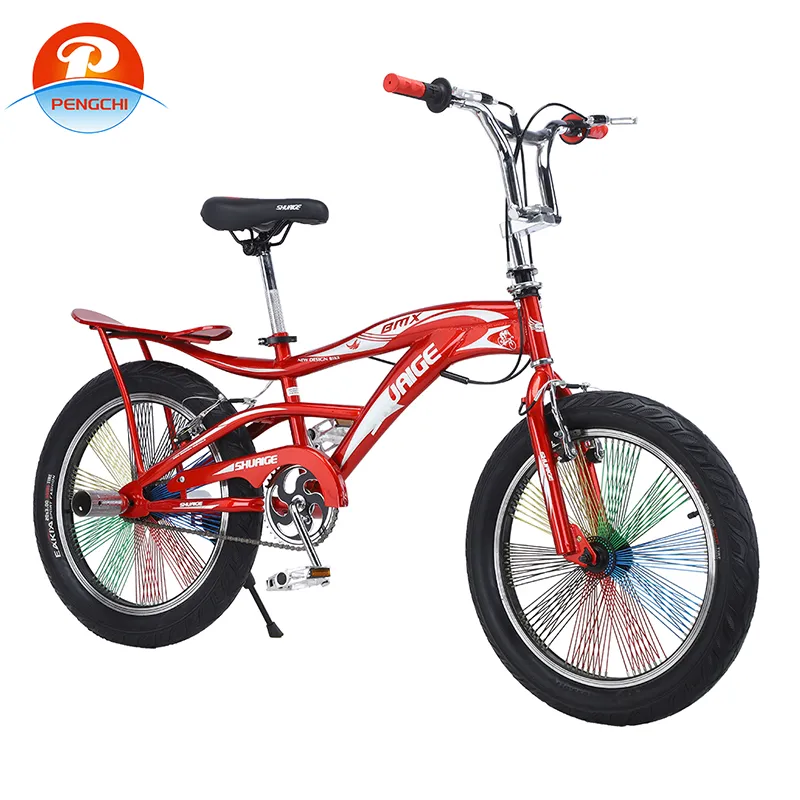
-
 Afrikaans
Afrikaans -
 Arabic
Arabic -
 Belarusian
Belarusian -
 Bengali
Bengali -
 Bulgarian
Bulgarian -
 Croatian
Croatian -
 Czech
Czech -
 Danish
Danish -
 Dutch
Dutch -
 English
English -
 Finnish
Finnish -
 French
French -
 German
German -
 Greek
Greek -
 hawaiian
hawaiian -
 Hebrew
Hebrew -
 Hindi
Hindi -
 Hungarian
Hungarian -
 Indonesian
Indonesian -
 irish
irish -
 Italian
Italian -
 Japanese
Japanese -
 Javanese
Javanese -
 kazakh
kazakh -
 Khmer
Khmer -
 Korean
Korean -
 Kyrgyz
Kyrgyz -
 Lao
Lao -
 Latin
Latin -
 Luxembourgish
Luxembourgish -
 Malay
Malay -
 Myanmar
Myanmar -
 Norwegian
Norwegian -
 Persian
Persian -
 Polish
Polish -
 Portuguese
Portuguese -
 Romanian
Romanian -
 Russian
Russian -
 Serbian
Serbian -
 Slovak
Slovak -
 Somali
Somali -
 Spanish
Spanish -
 Swedish
Swedish -
 Tagalog
Tagalog -
 Thai
Thai -
 Turkish
Turkish -
 Turkmen
Turkmen -
 Ukrainian
Ukrainian -
 Uighur
Uighur -
 Vietnamese
Vietnamese
Th12 . 20, 2024 10:26 Back to list
difference between a hybrid and mountain bike
Understanding the Differences Between Hybrid Bikes and Mountain Bikes
When it comes to cycling, choosing the right type of bike is crucial for both performance and enjoyment. Among the various options available, hybrid bikes and mountain bikes are two of the most popular choices. Each is designed for specific purposes and environments, leading to significant differences in their construction, features, and intended use. In this article, we will explore the key differences between hybrid bikes and mountain bikes, helping you make an informed decision based on your cycling needs.
Design and Frame
One of the most noticeable differences between hybrid and mountain bikes is their design and frame structure. Mountain bikes are built for rugged terrains and off-road riding. They typically feature a sturdy frame made from strong materials like aluminum or carbon fiber, designed to withstand the rigors of trails, bumps, and obstacles. The geometry of a mountain bike is typically more aggressive, with a longer wheelbase and slacker head angle to provide stability on downhill runs.
In contrast, hybrid bikes are designed for versatility and comfort, making them suitable for both city commuting and light off-road use. The frame is generally lighter and has a more upright geometry, which promotes a comfortable riding position for longer periods. This design makes hybrid bikes an excellent choice for casual rides and everyday commuting.
Tires and Suspension
Another significant difference lies in the tire structure and suspension systems. Mountain bikes are equipped with wider, knobby tires that provide excellent traction on loose surfaces like mud, gravel, and rocks. These tires are designed to absorb shocks and enhance stability, making them ideal for challenging trails. Furthermore, most mountain bikes come with a suspension system—either front suspension (hardtail) or full suspension (dual suspension)—to cushion the impact from bumpy terrain, ensuring better control and comfort during rides.
Hybrid bikes, on the other hand, have smoother, narrower tires that are optimized for pavement and mild off-road conditions. The tires typically feature a slick design for reduced rolling resistance, contributing to a faster and more efficient ride on paved surfaces. While some hybrid models may include a basic suspension system or a more padded seat, they generally do not have the same level of shock absorption as mountain bikes. This makes hybrid bikes more suitable for city streets, bike paths, and lighter trails.
difference between a hybrid and mountain bike

Gearing and Performance
The gearing systems in hybrid and mountain bikes also differ, reflecting their intended uses. Mountain bikes are equipped with a wider gear range, allowing riders to tackle steep climbs and maintain speed on varied terrain. The robust gear systems help cyclists overcome the challenges posed by off-road routes, making these bikes ideal for outdoor adventure and aggressive riding styles.
Hybrid bikes, on the other hand, often have a simpler gearing system designed for ease of use and efficiency on flat or mildly sloping routes. The gears are usually optimized for commuting and casual biking, allowing riders to maintain a comfortable pace without the need for extensive gear shifting. This makes hybrids user-friendly, especially for those who may not ride frequently or are novice cyclists.
Riding Experience
When it comes to the overall riding experience, the differences between these two types of bikes become apparent. Mountain biking is often an exhilarating and adventurous sport, with an emphasis on navigating obstacles, exploring nature, and enjoying the thrill of challenge. Riders typically seek the adrenaline rush that comes with off-road activities.
Hybrid biking, however, centers more around comfort, convenience, and practicality. Riders often enjoy leisurely rides through parks, commutes to work, or runs to the local store, prioritizing comfort over performance. Hybrid bikes make it easier for cyclists to integrate biking into their daily lives, providing a versatile option that bridges the gap between road and trail.
Conclusion
In conclusion, the key differences between hybrid bikes and mountain bikes lie in their design, tire structure, suspension systems, gearing, and intended use. While mountain bikes excel in rugged terrains and challenging trails, hybrid bikes offer versatility and comfort for everyday riding. By understanding these distinctions, you can choose the right bike to suit your cycling lifestyle, ensuring that each ride is both enjoyable and fulfilling. Whether you are seeking adventure or a smooth commute, there is a bike out there that meets your needs perfectly.
-
Premium Titanium Road Bike: Lightweight & Durable
NewsAug.01,2025
-
Red Black BMX Bike with GPT-4-Turbo AI Tech
NewsJul.31,2025
-
New Red Anti-theft E-Bike | Easy Ride City Commuter
NewsJul.31,2025
-
BMX 20 Inch Bikes for Freestyle & Street | Fat Tire Options Available
NewsJul.30,2025
-
322 High Quality 26 Inch 21 Speed Adult Mountain Bike OEM MTB
NewsJul.29,2025
-
Specialized Kids Mountain Bikes - Safe, Durable & Fun Riding Experience
NewsJul.29,2025

